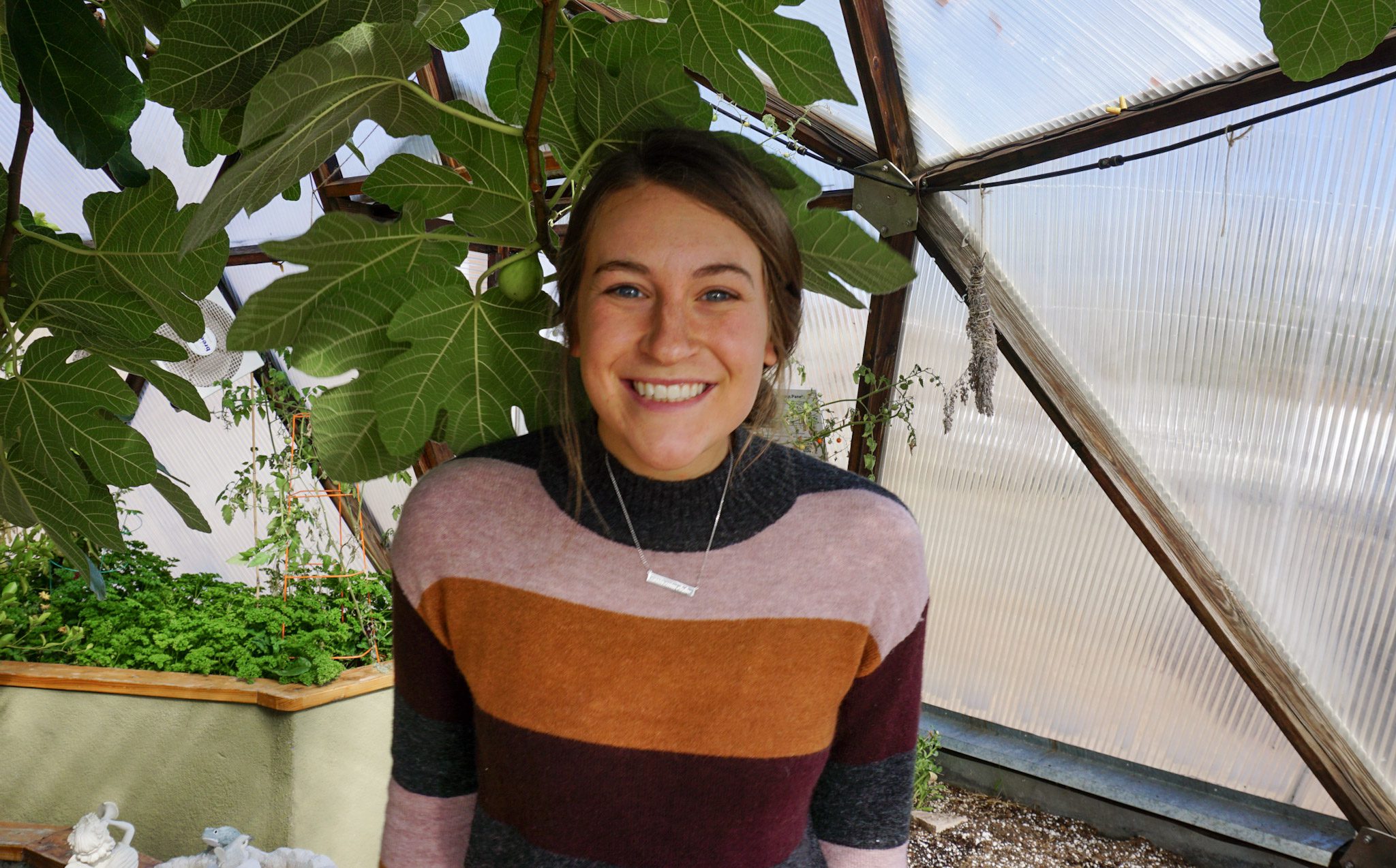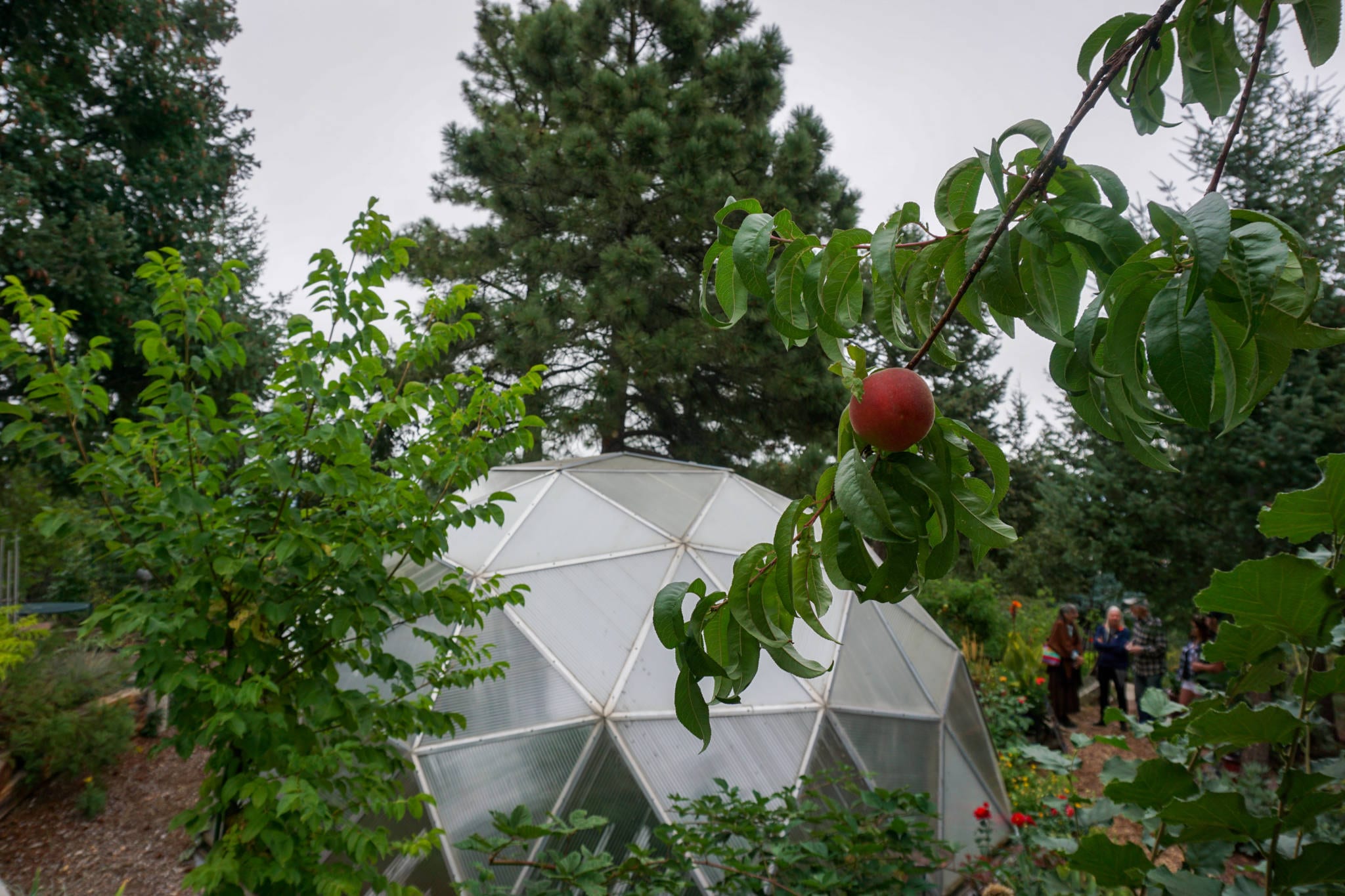
A Dome Greenhouse Gardeners Guide to Growing Tropical Fruit Trees, Vines, and Shrubs.
Fruit trees can be a healthy addition to most dome greenhouse gardens above zone 3. They provide fresh fruit and shade in the summer with the bonus of attracting pollinators when flowering.
Many people grow fig trees as they are very hardy and forgiving, which makes them ideal for a beginner or busy gardener. However, numerous other fruit trees and shrubs can be grown successfully in a Growing Dome Greenhouse with proper planning and care.
Understanding a plant’s natural environment (tropical, subtropical, or temperate to continental) and how to stimulate it will help you grow a wide variety of plants from fruit trees to shrubs, which will give you more confidence in your dome gardening adventure.
There are five critical components to assimilating a plant’s natural environment.
1. Light
2. Ventilation
3. Soil Composition
4. Temperature
5. Location
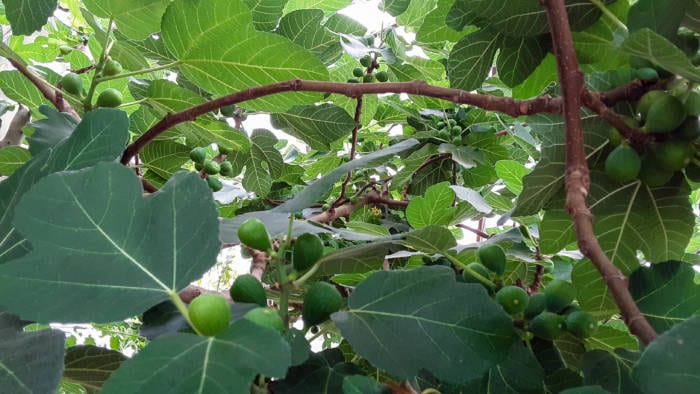
Fruit from Tropical Natural Environments
In their natural environment, tropical plants and fruit trees would be at least partly shaded under a canopy of taller trees where it consistently stays wet and breezy. (think rainforest) They are adapted to low light conditions in soil that drains easily. Some examples include dwarf banana trees, guava trees, cacao, passion fruit, acerola, and many beautiful flowers.
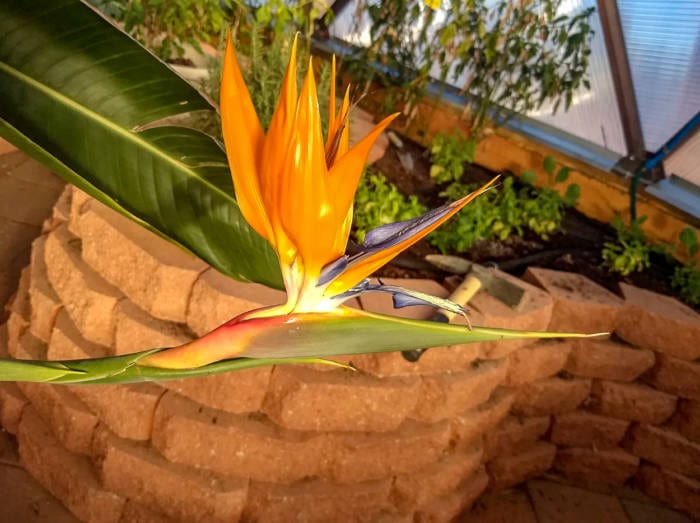
33′ Growing Dome, Capitan Mountains, New Mexico
Light– All indoor growing spaces have diminished light penetration to one degree or another. Growing Domes, in particular, have a 99.5% UV shield to extend the life of your polycarbonate panels.
The UV shield and dispersed light from our polycarbonate panels create light similar to what a topical plant would experience in its natural environment. The result is a nearly ideal situation for tropicals. Unless you live in a regularly cloudy or dark environment like northern Canada or parts of Alaska. In this case, you might consider growing lights.
Ventilation– Tropical plants and trees require more fresh air than your greens and herb garden to thrive. In their natural environment, there is an almost constant breeze. Consider using fans, building in an additional vent or attic fan, leaving the door open when possible, and generally focusing on moving air in your dome whenever the weather permits.
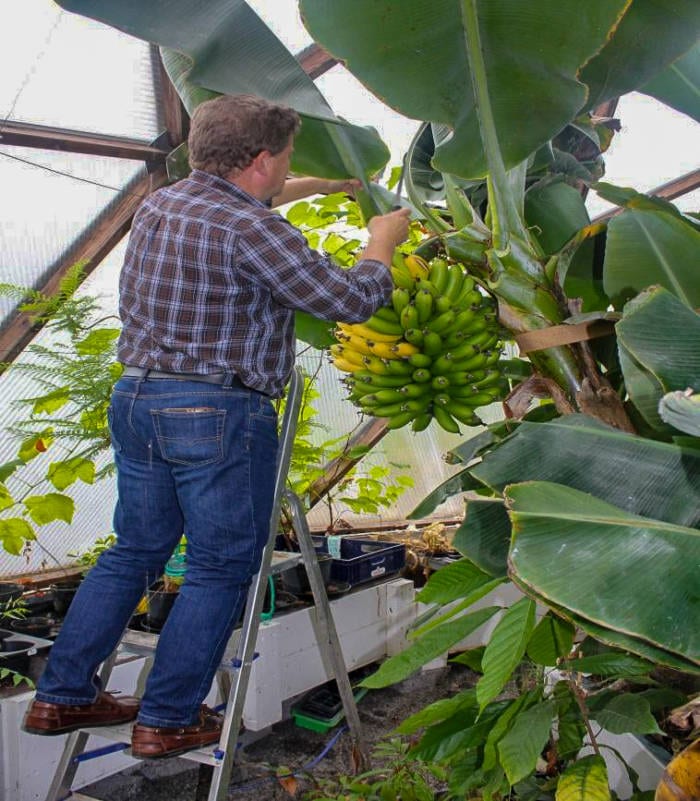
Soil– Tropical trees naturally grow in acidic, well-draining, sandy soil. When planting your fruit tree, it is vital to your plant’s health to use appropriate soil.
Consider the root structure of your tree 20 or 30 years down the road because that is the kind of longevity you get from a Growing Dome. Many tropical plants are sensitive and will not tolerate root pruning or binding later in life.
Temperature– Tropicals thrive in temperatures ranging from the 70s to the upper 90’s (Fahrenheit). They suffer at temperatures below 40 degrees. Keeping them in pots and bringing them into your home for the winter is one option for northern climates. You might also choose to add additional heating in very cold climates.
Position– For more stabilized temperatures, plant tropicals in the center bed nearest to the pond. Ideally, they will need at least a half-day of full sun.
Growing Fruit from Subtropical Natural Environments
In subtropical environments, like the Mediterranean, it usually rains for a proportion of the year instead of year-round. Much of the year is sunny and hot, often with constant ocean breezes. Various trees and plants thrive in this extra sunny environment.
Some examples of sub-tropical plants are pomegranates, dwarf avocado trees, passion fruit vines, dwarf citrus trees, and countless beautiful flowers. Meyer lemons seem to do particularly well in Growing Dome Greenhouses.
Light – Subtropical fruit trees need full sun in a greenhouse. Although the polycarbonate panels on Growing Domes outperform glass and plastic greenhouses in strength and durability, they can be considered a slight disadvantage in situations such as this where it would be beneficial to have more light and UV penetration. Fortunately, that can be compensated for with a bit of extra care and forethought such as planting these plants in an open area where they won’t be under a fig tree or shade cloth.
Without the addition of grow lights, subtropicals might not be an appropriate addition to dome gardens in zones 1-4 because of the very long dark winters and often stormy summers. There are many variations in these zones, and we leave it to you to consider these needs and make good choices.

Ventilation– Similar to tropicals, to simulate this tree’s natural environment we need to focus on airflow. Without proper airflow, these trees are prone to suffering fungal infections or pest infestations. We must compensate with ventilation where we fall a little short in light. This means moving fresh air whenever possible and also full sun year-round.
Soil– Like tropicals, these trees need acidic, well-draining, sandy soil. The root structures in both tropical and subtropical environments tend to reach out instead of down. Make sure to plan ahead to create space accordingly.
Heat– These trees will need additional heat sources in zone 5 or 6 and below. As with tropicals, there is always the option of bringing them in for the winter.
Position– Plant subtropicals in the central raised bed of your domes with space for roots to reach out and no potential sun obstruction.
Temperate to Continental gardening environments can vary from warm and humid summers to dryer summers and cool to cold winters. Usually, temperate to continental areas tend to be forested with periodic summer and winter precipitation.
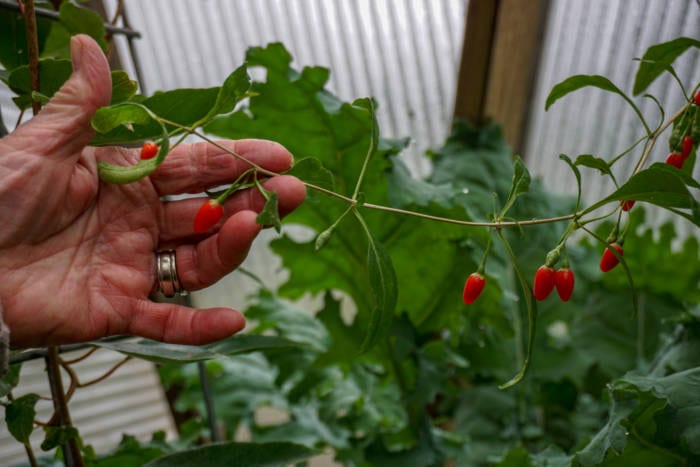
Some examples of these fruits are apple trees, pears trees, plum trees, cherry trees, apricots trees, fig trees, blackberry bushes, raspberry bushes, goji berries, gooseberries, and grapevines. Although these fruits can be grown outside in many places, they will do well in your Growing Dome Greenhouse, protected from birds and animals.
Light– These plants will perform best with maximum light.
Ventilation- Although temperate to continental plants are not as temperamental as tropicals, they still require adequate ventilation.
Soil- Unlike the tropicals and subtropicals, temperate to continental plants and trees prefer neutral to alkaline soil. The soil should still be well-draining so that the trees can tap (reach down deep into the soil) while they are establishing and getting strong.
Some trees in this category grow down like apples and pears. In contrast, some, such as stone fruit, grow out. The soil and placements should account for the needs of these trees for many years to come. These trees also benefit from winter pruning, which helps to keep their size and shape in check.
Temperature – Many of these trees and shrubs benefit from a cool cycle. A cool cycle is a few weeks of temperatures in 25-45 °F at night. The plants that fall into this zone are more appropriate for people in cooler climates who don’t want to heat their domes. Most people choose to grow them outside for higher UV and yield, but some enjoy growing dwarf varieties in their domes due to the protection it offers.
Position- Again, all trees and shrubs that are expected to develop large root structures are best placed in central beds. These do not need to be near the tank or have particularly stable temperatures.
Maintaining Fruiting Varieties

There are two ways to pollinate your fruit trees. The first is hand-pollination and the second is growing other flowers to attract pollinators naturally. If you live in an environment where there are not many pollinators, you will likely have to hand pollinate. This is something to consider before your purchase.
Many of the plants mentioned in this article will grow well in containers, which allows for easy transport outside if needed. The keys to container growing are fertile soil, fertilizing when needed, using a large enough pot, regular watering, and winter pruning where possible. Pruning is key to control root growth, to prevent plants from becoming root-bound.
We hope this article inspires confidence and gives a better understanding of each tropical plant’s needs and how to best care for them in your Growing Dome greenhouse. We also hope you harvest some juicy, fresh fruit for your troubles!
Join the Inner Circle
An exclusive place for year-round gardeners. Join us to receive our monthly newsletter, “The Happy Grower”. In our newsletter we provide community stories, event updates, expert gardening tips, and exclusive offers.
